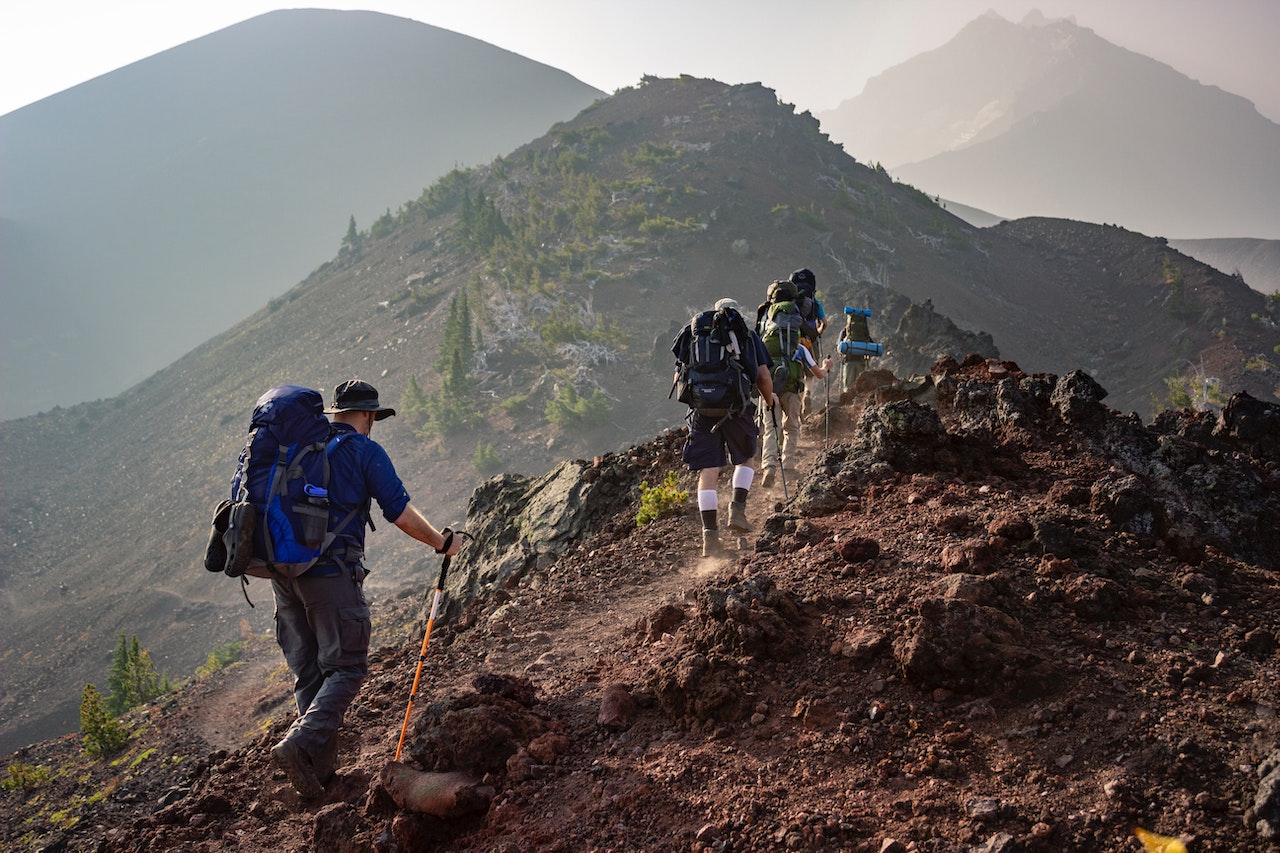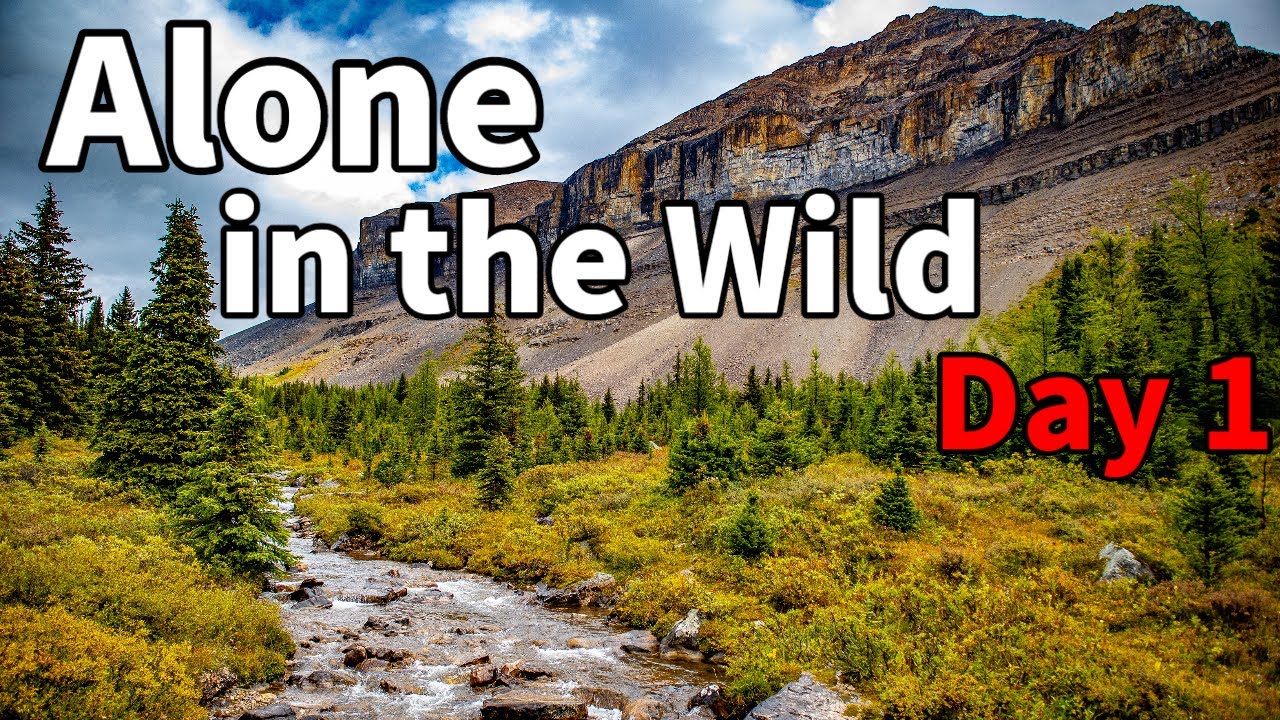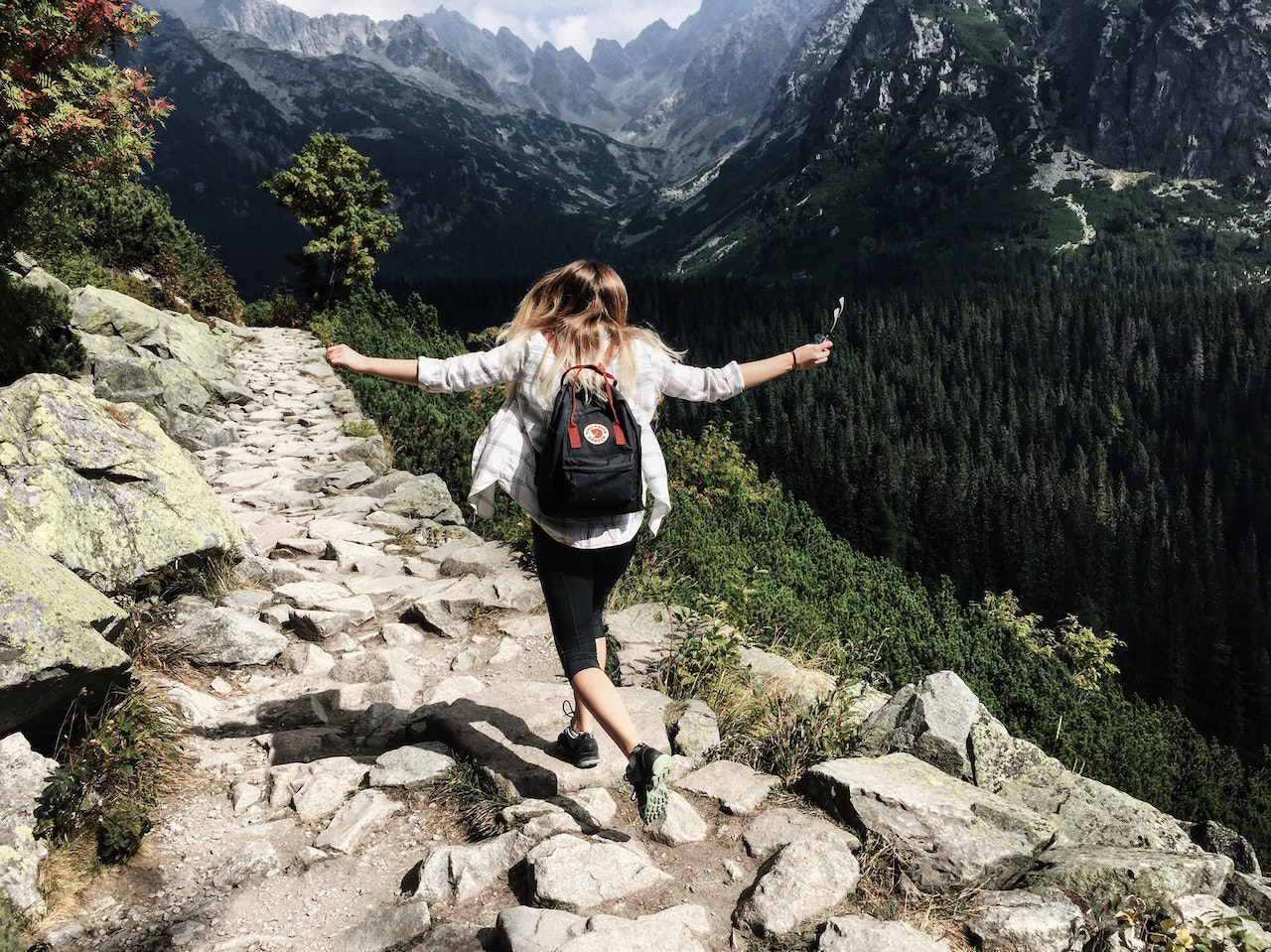Hiking And Camping In The Canadian Rockies - Experience The Adventure Of A Lifetime In The Canadian Rockies
Hiking and camping in the Canadian Rockies is an unforgettable experience for nature enthusiasts. The Canadian Rockies are a mountain range that spans over 1,000 miles and stretches from British Columbia to Alberta.
Author:Tyreece BauerReviewer:Tobey StricklandFeb 27, 2023102 Shares1.7K Views

Hiking and camping in the Canadian Rockiesis an unforgettable experience for nature enthusiasts.
The Canadian Rockies are a mountain range that spans over 1,000 miles and stretches from British Columbia to Alberta.
The region is known for its rugged landscapes, turquoise lakes, and breathtaking vistas. Hikers and campers can explore the region's trails and campsites while enjoying the stunning scenery and wildlife.
Preparing For A Hike In The Canadian Rockies
Before embarking on a hiking or camping trip in the Canadian Rockies, it is important to be well prepared.
The weather in the region can be unpredictable, so hikers and campers should bring appropriate clothing for all conditions, including warm layers, waterproof jackets, and sturdy footwear.
They should also bring enough food and water for the duration of the trip, as well as a first aid kit, a map, and a compass.
Hiking Trails In The Canadian Rockies
The Canadian Rockies offer a range of hiking trails for hikers of all skill levels. Some of the most popular trails include the Plain of Six Glaciers Trail, the Lake Agnes Trail, and the Johnston Canyon Trail.
The Plain of Six Glaciers Trail is a 14 km round trip hike that takes hikers through a stunning alpine landscape, with views of glaciers and mountain peaks.
The Lake Agnes Trail is a 7 km round trip hike that leads to a picturesque mountain lake, while the Johnston Canyon Trail is a 5.8 km round trip hike that takes hikers through a scenic canyon with waterfalls and pools.
Camping In The Canadian Rockies
Camping in the Canadian Rockies is an incredible way to experience the region's natural beauty. The region offers a range of campsites, from basic backcountry campsites to fully serviced campgrounds.
Backcountry camping requires a permit, and hikers should be prepared to pack out all their waste. For those who prefer a more comfortable camping experience, there are also many RV parks and campgrounds with amenities such as electricity, showers, and laundry facilities.
Wildlife In The Canadian Rockies
The Canadian Rockies are home to a variety of wildlife, including grizzly bears, black bears, elk, moose, and mountain goats. It is important for hikers and campers to be aware of their surroundings and to take precautions to avoid encounters with wildlife.
This includes carrying bear spray, making noise on the trail, and properly storing food and other scented items.
Best Time To Hike And Camp In The Canadian Rockies
The best time to hike and camp in the Canadian Rockies is during the summer months of June through August. During this time, the weather is usually mild, with temperatures ranging from 15 to 25 degrees Celsius, and there is less chance of rain and snow.
However, it is important to note that the summer months are also the busiest, and campsites and hiking trails can be crowded.
Spring and fall can also be good times to visit, with fewer crowds and cooler temperatures, but hikers should be prepared for unpredictable weather.
Essential Gear For Hiking And Camping In The Canadian Rockies
When hiking and camping in the Canadian Rockies, it is essential to have the right gear to ensure a safe and enjoyable experience. Some of the essential gear include:
- Sturdy hiking boots with good ankle support and a non-slip sole
- A backpack with a waist strap and enough space to carry food, water, and other essentials
- A map and compass, or a GPS device
- A first aid kit with supplies for treating cuts, blisters, and other injuries
- Warm clothing, including a waterproof jacket, hat, and gloves
- Sunscreen, sunglasses, and a hat to protect against the sun's rays
- A water bottle or hydration system, with enough water for the duration of the hike
- A headlamp or flashlight with extra batteries
- Bear spray for protection against bears and other wildlife
- A lightweight camping tent, sleeping bag, and sleeping pad for overnight camping trips.
Backcountry Camping Vs. Frontcountry Camping In The Canadian Rockies
Backcountry camping involves hiking into the wilderness and camping in undeveloped areas, away from facilities such as toilets, fire pits, and picnic tables.
Frontcountry camping, on the other hand, is camping in designated campgrounds with amenities such as running water, flush toilets, and picnic tables.
Backcountry camping requires a permit, and hikers must follow Leave No Trace principles to ensure they do not damage the environment.
Frontcountry camping is more suitable for those who prefer a more comfortable camping experience, with amenities such as electricity and showers.
Top Hiking Trails For Scenery In The Canadian Rockies
The Canadian Rockies offer a range of stunning hiking trails, with scenery that includes glaciers, mountains, lakes, and waterfalls. Some of the top hiking trails for scenery in the Canadian Rockies include:
- Plain of Six Glaciers Trail in Banff National Park
- Lake Agnes Trail in Banff National Park
- Wilcox Pass Trail in Jasper National Park
- Mount Edith Cavell Meadows Trail in Jasper National Park
- The Iceline Trail in Yoho National Park

Solo Backpacking the Canadian Rockies - DAY 1 | Sawback Trail, Banff |
Safety Tips For Hiking And Camping In The Canadian Rockies
Hiking and camping in the Canadian Rockies can be a safe and enjoyable experience if hikers take the necessary safety precautions. Some safety tips for hiking and camping in the Canadian Rockies include:
- Research the trail and the weather conditions before setting out
- Carry appropriate gear, including bear spray, a map, and a first aid kit
- Stay on the trail and avoid shortcuts or off-trail hiking
- Make noise while hiking to avoid surprising bears or other wildlife
- Store food and other scented items in bear-proof containers or hang them from a tree at least 100 meters from the campsite
- Know how to use bear spray and carry it in an easily accessible location
- Check for weather updates and be prepared for changes in weather conditions
- Let someone know your itinerary and expected return time.
People Also Ask
What Is The Best Time To Hike And Camp In The Canadian Rockies?
The best time to hike and camp in the Canadian Rockies is during the summer months of June through August.
What Is Some Essential Gear For Hiking And Camping In The Canadian Rockies?
Some essential gear includes sturdy hiking boots, a backpack, a map and compass, warm clothing, a water bottle, and a camping tent.
What Is The Difference Between Backcountry Camping And Front-country Camping?
Backcountry camping involves hiking into undeveloped areas, while front-country camping is in designated campgrounds with amenities.
What Are Some Top Hiking Trails For Scenery In The Canadian Rockies?
A: Some top hiking trails include the Plain of Six Glaciers Trail, Lake Agnes Trail, Wilcox Pass Trail, Mount Edith Cavell Meadows Trail, and the Iceline Trail.
Conclusion
Hiking and camping in the Canadian Rockies is a once-in-a-lifetime experience that offers some of the most stunning scenery in the world.
Whether you are a seasoned hiker or a beginner, there are trails and campsites to suit all levels.
With proper preparation and precautions, hikers and campers can enjoy the region's natural beauty and wildlife while creating unforgettable memories.
So, pack your bags and head to the Canadian Rockies for a hiking and camping adventure of a lifetime.
Jump to
Preparing For A Hike In The Canadian Rockies
Hiking Trails In The Canadian Rockies
Camping In The Canadian Rockies
Wildlife In The Canadian Rockies
Best Time To Hike And Camp In The Canadian Rockies
Essential Gear For Hiking And Camping In The Canadian Rockies
Backcountry Camping Vs. Frontcountry Camping In The Canadian Rockies
Top Hiking Trails For Scenery In The Canadian Rockies
Safety Tips For Hiking And Camping In The Canadian Rockies
People Also Ask
Conclusion

Tyreece Bauer
Author

Tobey Strickland
Reviewer
Latest Articles
Popular Articles
